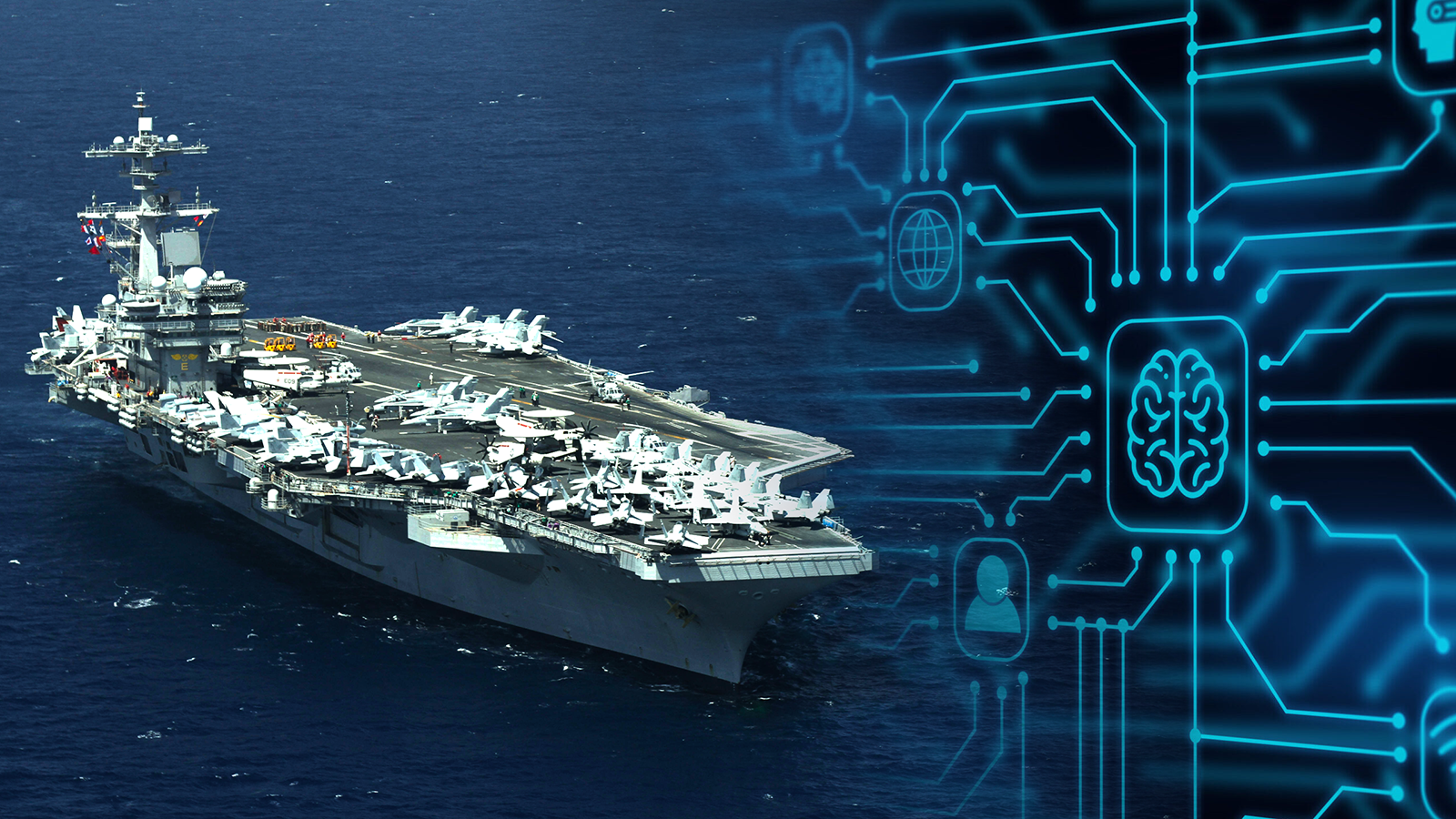
AI Takes Flight: Revolutionizing Aircraft Carrier Landings
By Adedayo Oyetoke, Published on: November 2nd 2023 3 min, 571 word Views: 1325
In an era where technological advancements are constantly reshaping the way we live and work, it comes as no surprise that artificial intelligence (AI) has made its way into the domain of aircraft carrier landings. The US Navy, in particular, has embraced this revolutionary technology, harnessing its potential to outperform human pilots in executing flawless, highly complex landing maneuvers. This blog will delve into how AI has become an invaluable companion to aircraft carrier pilots and is reshaping the future of military strategy.
Enhancing Accuracy and Safety:
Traditionally, aircraft carrier landings have been regarded as one of the most challenging and risky aspects of naval aviation. It requires extraordinary precision, split-second decision-making, and impeccable situational awareness. However, the integration of AI into this process has proven to be a gamechanger.
AI-powered algorithms have been meticulously trained using vast amounts of data and complex simulations to master the intricacies of carrier landings. These software systems analyze real-time information such as weather conditions, aircraft status, and carrier movements, thereby providing the pilot with critical insights, ensuring a smoother and safer landing experience.
Minimizing Human Error:
Despite the exceptional skills possessed by human pilots, they are still susceptible to errors resulting from fatigue, stress, or distractions. AI eliminates these potential pitfalls by consistently maintaining focus and operating at optimum levels throughout the landing process.
By mitigating human error, AI not only reduces the risk of accidents and mishaps but also instills pilots with heightened confidence during challenging landing maneuvers. This collaborative partnership between humans and AI empowers pilots to perform their duties more effectively, ultimately enhancing the overall operational capabilities of the US Navy.
Expanding the Role of AI:
The impact of AI in military operations goes beyond aircraft carrier landings. The US Navy is also utilizing AI to manage unmanned tanker aircraft and analyze critical resources on board. AI algorithms closely monitor and analyze the refueling process, ensuring efficiency and seamless operations. Additionally, AI can assess the availability and viability of food supplies, providing critical insights to keep personnel properly nourished during extended deployments.
Furthermore, AI's ability to anticipate enemy actions and identify patterns in vast amounts of data grants the US Navy a significant advantage in aerial and naval battles. It acts as a reliable companion to pilots, providing operational recommendations and strategic insights, thus augmenting their decision-making capabilities.
The Future of AI in Combat:
As the US military prepares for potential conflicts in an increasingly adversarial global landscape, AI is set to play an even more integral role in military strategy. The advancements made in AI systems are paving the way for autonomous combat operations, where AI-controlled unmanned aircraft could act alongside manned platforms.
By harnessing AI's potential to analyze vast amounts of information and make split-second decisions, the US Navy hopes to achieve complete air superiority and maintain an edge over potential adversaries. The fusion of human skills and AI capabilities ensures a force multiplier effect, making operations faster, smarter, and safer.
The integration of AI into aircraft carrier landings has transformed naval aviation, providing pilots with a trustworthy and highly capable companion. AI-powered systems enhance accuracy, reduce human error, and offer critical insights for complex maneuvers. The US Navy's adoption of AI as a strategic tool signifies a paradigm shift in military operations. With AI constantly evolving, the future holds immense potential for this partnership to redefine the dynamics of combat and shape the course of global military strategy.
